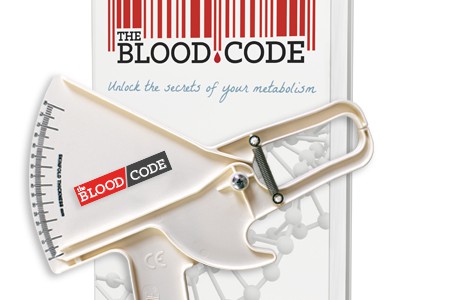BMI – The ubiquitous health assessment is wrong
Why does your doctor, and every other medical office, use the body mass index (BMI) to assess your weight and health? Every workplace wellness program uses it, every federal health initiative relies upon it—but it doesn’t work.
BMI is a calculation of your weight (downward gravitational pull or your mass on Earth’s surface) and your height.
We’ll watch the summer Olympics in 2016; notice the sprinters. Every individual who competes in the sub-800meter distance is obese on the BMI. So too are speed skaters and most swimmers, professional basketball players and at this point Serena Williams and Rafael Nadal.
Personally, I am at 22 on the BMI – only 3 BMI points away from overweight . . . yet people who see me are concerned that I look underweight—I have 8% body fat. How can I be on the upper half of normal BMI, toward the designation of overweight?
The BMI, like the scale you stand on, curses muscle and bone equal to visceral fat. The irony of the BMI misclassifications is that it “actually misses more than half of people with excess body fat” according to an epidemiologist at Albert Einstein College of Medicine, Geoffrey Kabat.
Apparently BMI is not just imperfect—it sucks.
So what can you use for an assessment of your body fat and health risk?
The gold standard test for body fat, is hydrostatic weighing. A method where you get into a giant tub of water and mass / weight displacement is used to calculate your body fat. This is only in research settings and with all its accuracy; it fails to show the location of the fat. And body location seems to be the true marker of disease risk – the more the body fat is on your core, back & abdomen, the worse for your health. How do you locate your fat then?
Get skin fold calipers – get The Blood Code. For $20, cheaper than a scale and it doesn’t need a battery, calipers measure the fat under a pinch of skin. Most importantly you can measure different locations. If the pinch measures higher in your hip / beltline area, you carry higher risk of heart attacks and stroke and need to assure that the dietary and fitness habits in your lifestyle effectively change your body fat in that location. Whereas if the body fat calipers pinch higher in your arms at the triceps, you may be “out of shape”—a condition that can be improved but one that does not inherently lend toward heart disease.
Want more?
You can read Jane Brody’s comprehensive recent article in the NYT where she appropriately slams the BMI. (https://well.blogs.nytimes.com/2014/04/14/a-number-that-may-not-add-up/?_php=true&_type=blogs&_r=0)
Get The Blood Code and a skin fold caliper to get on the better path of health & fitness measurement




Comments are closed.